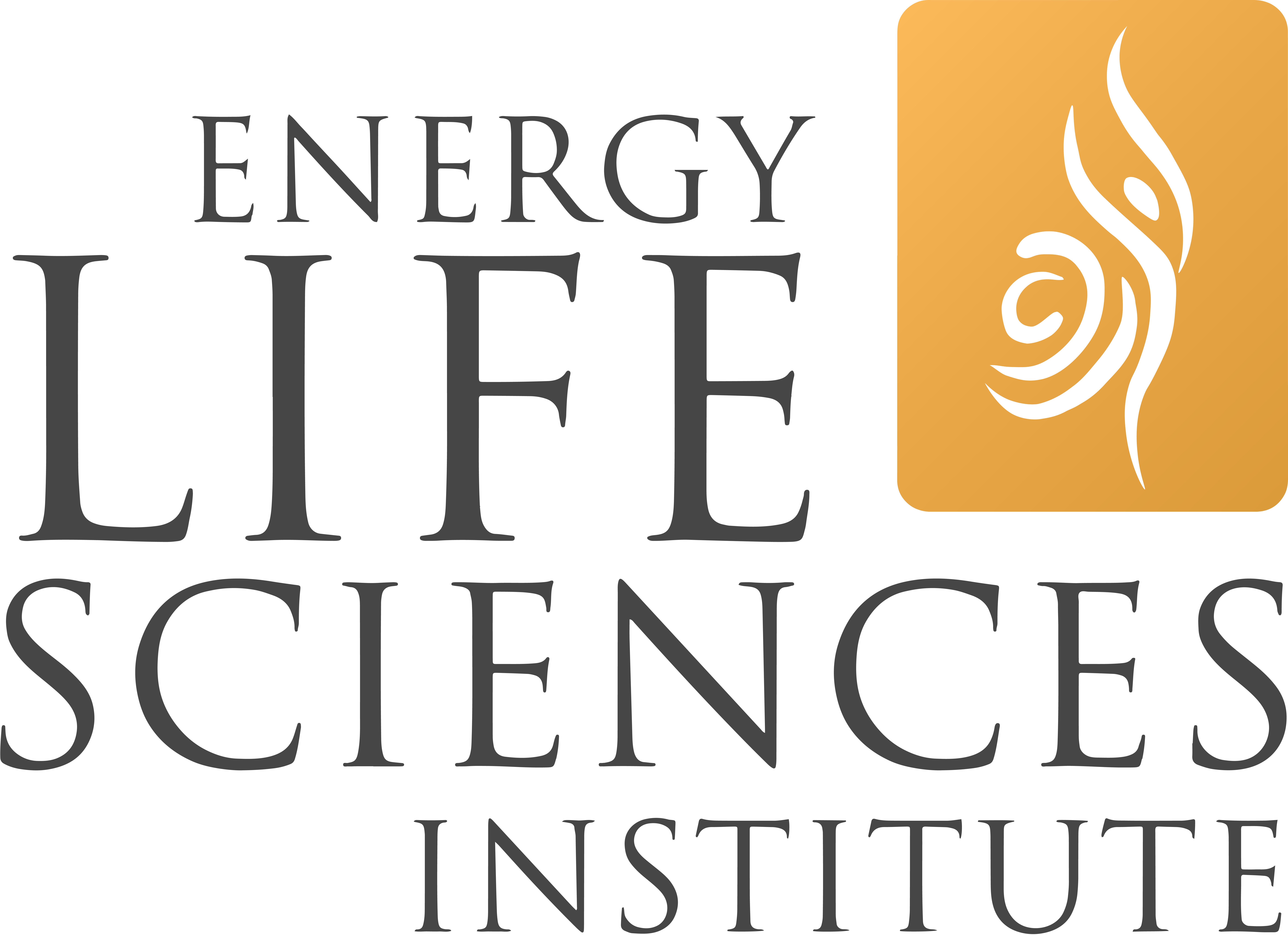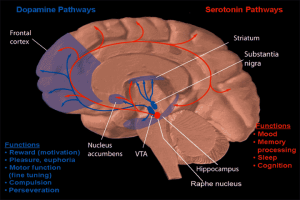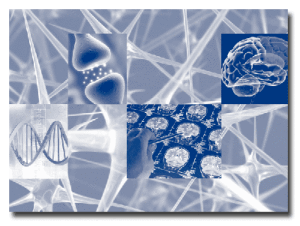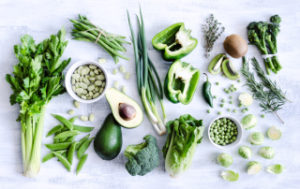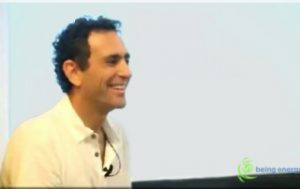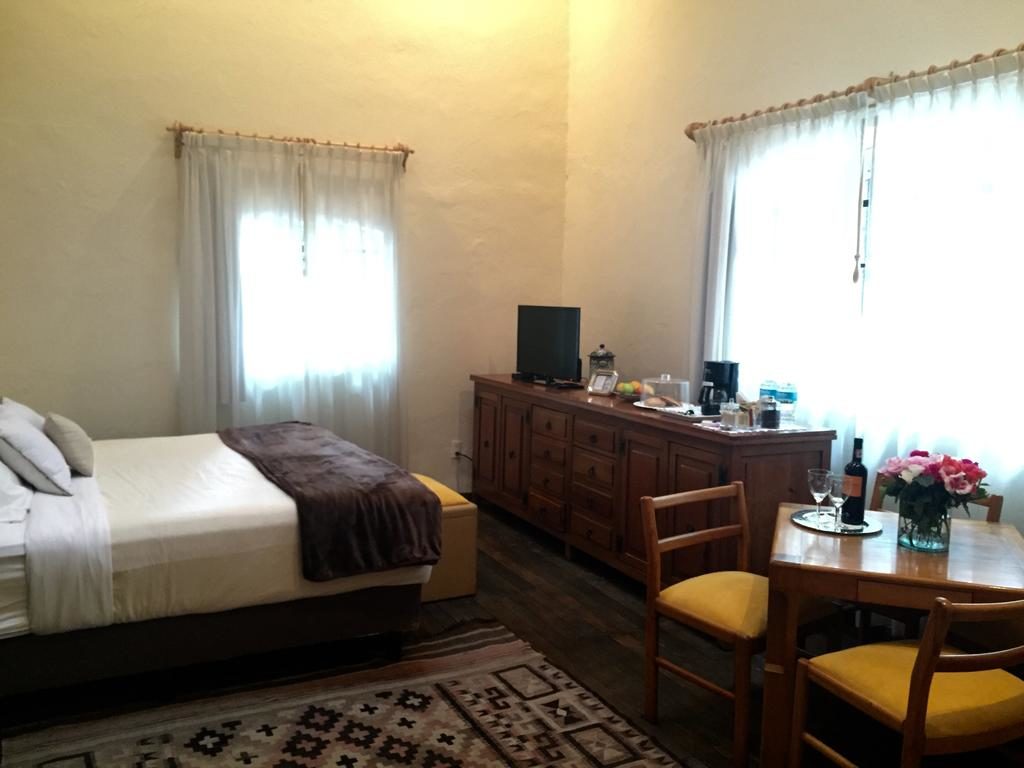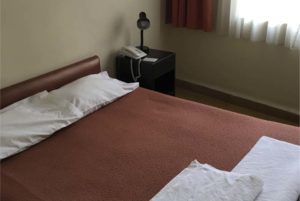
Does engaging in sexual activity energize or deplete you?
Becoming aware of how your energy level rises or falls in relation to sex can help you increase your vitality bank account.
Outside of cultural or moral ideas of sex, there is the reality of how it is in your body, for you uniquely and individually. Sexual intimacy can be a wonderful thing, and yet the physical implications of orgasm may or may not serve us at a given time.
Considering your energy in relation to sexual intercourse is a practical, functional approach to your overall health and wellbeing. It’s very useful to take an account of your energy in relation to intercourse. It’s also easy to do.
So let’s put some attention on it. A little awareness can go a long way to energizing our bodies, minds and spirits!
Think about:
- How often and with whom to you have sex?
- What time of day?
- How do you feel afterward?
How you feel immediately afterward is one thing, but how you feel an hour or two or three later, and how you feel the next day can tell you whether sex energizes or depletes you.
Did you know that sex at night can be more draining that sex earlier in the day? This is because at night, the body restores yin energy in the kidneys and orgasm is a release of yang energy, which can disrupt this energy restoration. It has less impact on your kidneys if you have sex in yang time of day—the morning time.
If you have kidney challenges (inflammation, for example) or kidney yin deficiency, this is especially important to pay attention to. Examples of kidney yin deficiency include dizziness, poor memory, low back pain, knee pain, ringing in the ears or hearing problems, spontaneous sweating, constipation, dry mouth and throat and aversion to cold.
If these symptoms sound familiar, you might want to experiment with favoring the morning over the afternoon or evening for sexual activity. Or if orgasms make you feel drained, you might consider abstaining for a period of time.
In contrast, if you run hot, and tend toward restlessness and a fiery temper, a release of yang through sexual intercourse can be centering and calming. You might need a sexual release to keep your energy from stagnating.
Like everything else, what is best for you is a personal, individual thing, and something that you have the power to discover for yourself.
So when you take an accounting, does an orgasm give you a boost in energy, or does it drain you? Does the time of day make a difference in your experience?
While our experience has a physical reality unique to each of us, social and religious ideas can have a distinct impact on our experience of our sexuality. What mental noise do you have about sex? What energetic entanglements restrict you? How do ideas of power play into and affect your experience?
Becoming aware of your stories about sex gives you the power to embrace or rewrite those scripts for your mental, emotional and physical benefit. Adding this to what you learned about whether you feel energized or depleted physically gives you a wealth of information to move forward with for energy.
You might want to alter your patterns, and even:
- Have time away from sexual activity for a while to see what happens with your energy or
- Engage more often in healthy sex
There are definitely things that you can do to enhance your libido and your sexual organs and essences. Learn more about herbs, supplements, exercises and more in the Nutrition + Health class Sexual Energy: Our Life Force.
The class airs live on March 7, 2015 at 8:30 a.m. Pacific Time. Learn more and register.
